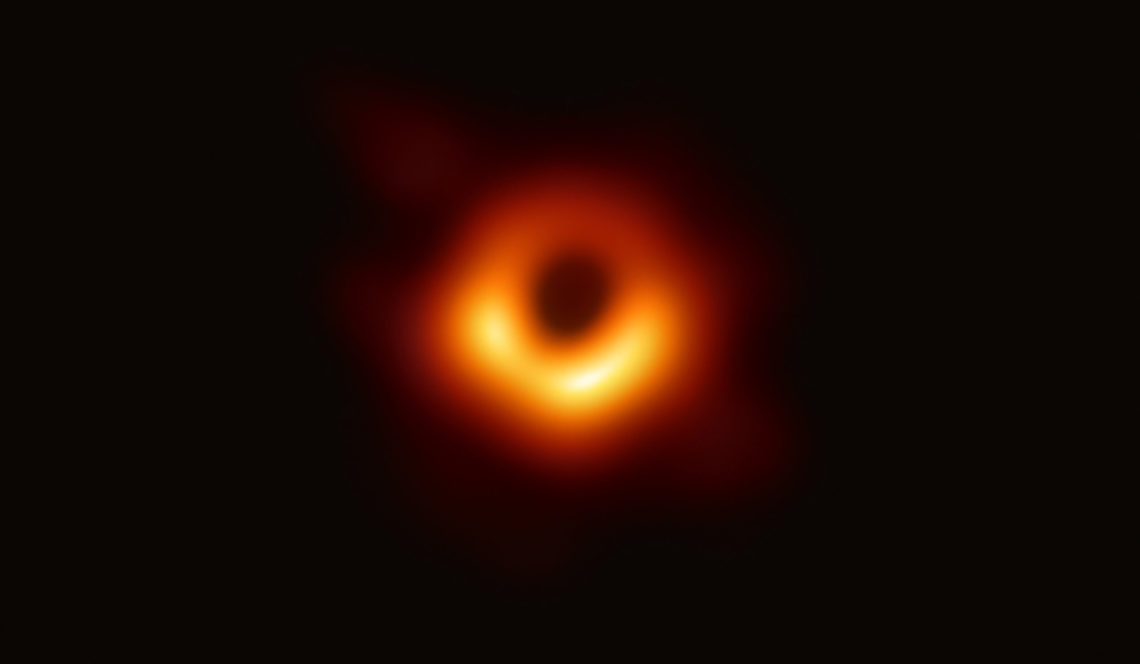Scientists have observed a new type of black hole that is too heavy to have been born from a star but still too slim to act as an anchor for an entire galaxy. These black holes are being being referred to as “lite” intermediate-mass black holes (IMBH), and they’re extremely hard to identify because of how low-frequency their signals tend to be.
The quest to find these IMBHs has come about due to the fact that we’ve discovered ultramassive black holes that can measure up to millions of times the mass of our sun, while others can sit at just 50 solar masses or below. Astronomers wanted to understand where any mid-sized black holes might fit in, so they began looking harder.
What they discovered is that lite intermediate-mass black holes do indeed exist. However, finding them is difficult. To make it easier, the researchers used Virgo and LIGO, two gravitational wave detectors. Using the detectors, astronomers were able to find multiple black holes ranging in size from 100 to 300 times the mass of the sun.
While still massive, these black holes are not anywhere near powerful enough to have been born from dying stars or to hold galaxies together. So, where do they fit into the universe? Well, researchers believe they could have been born from mergers that happen out in the cosmos. While completing a run from 2019 to 2020, the LIGO and Virgo network logged 11 mergers that could fit the bill for these cosmic objects.
A study on the findings is published in The Astrophysical Journal Letters. In it, the researchers detail how they classified the new class of black holes, breaking down the exact way they discovered them and why they are so important. The hope is that some of these smaller black holes could offer us a glimpse into the time when the first stars lived and died.
As we detect more and more of these lite intermediate-mass black holes, researchers believe we find even more reason to be excited about them. Understanding them could not only unlock the secrets of the early universe, but it could also help us refine the models that we use to view the universe as a whole.
The post Astronomers discovered a whole new class of black holes appeared first on BGR.




